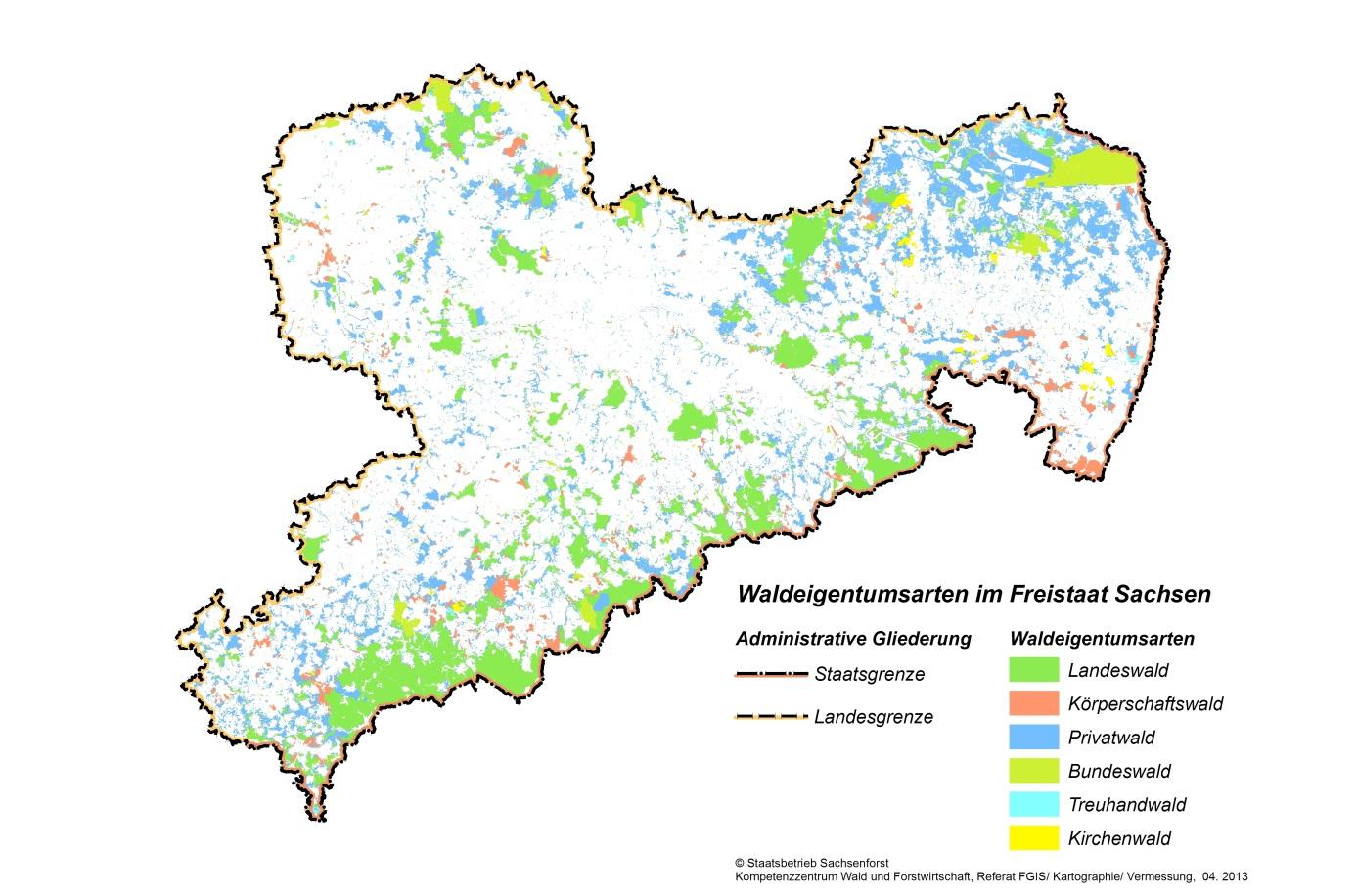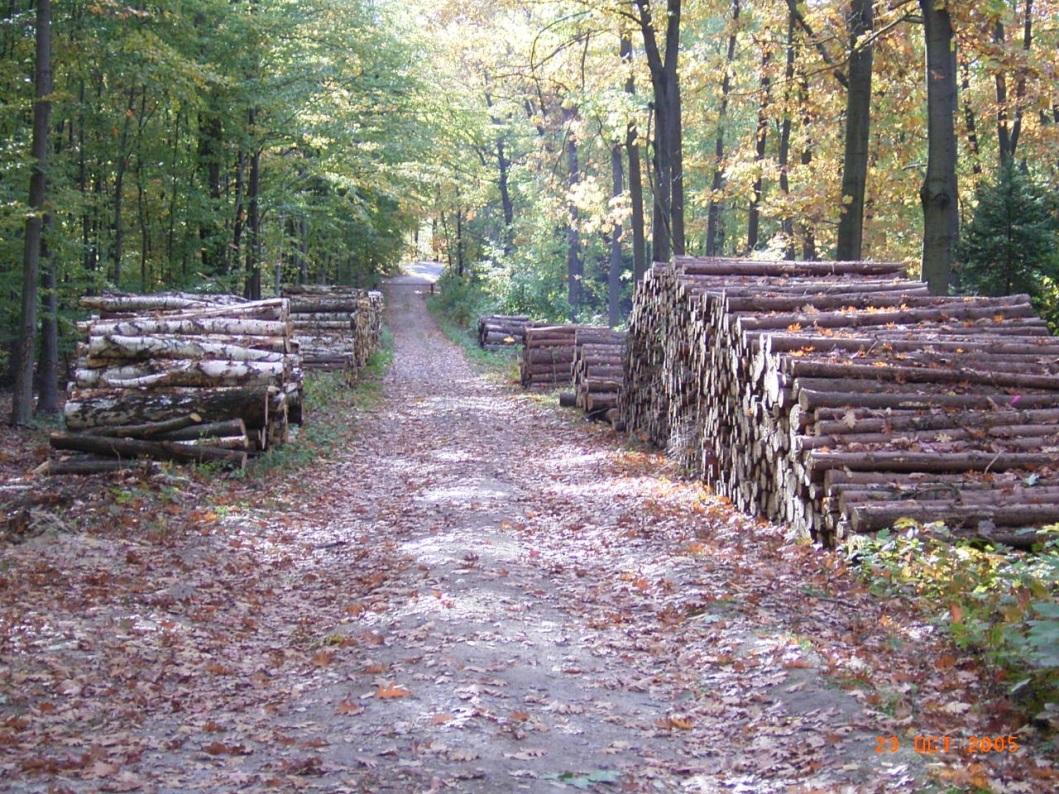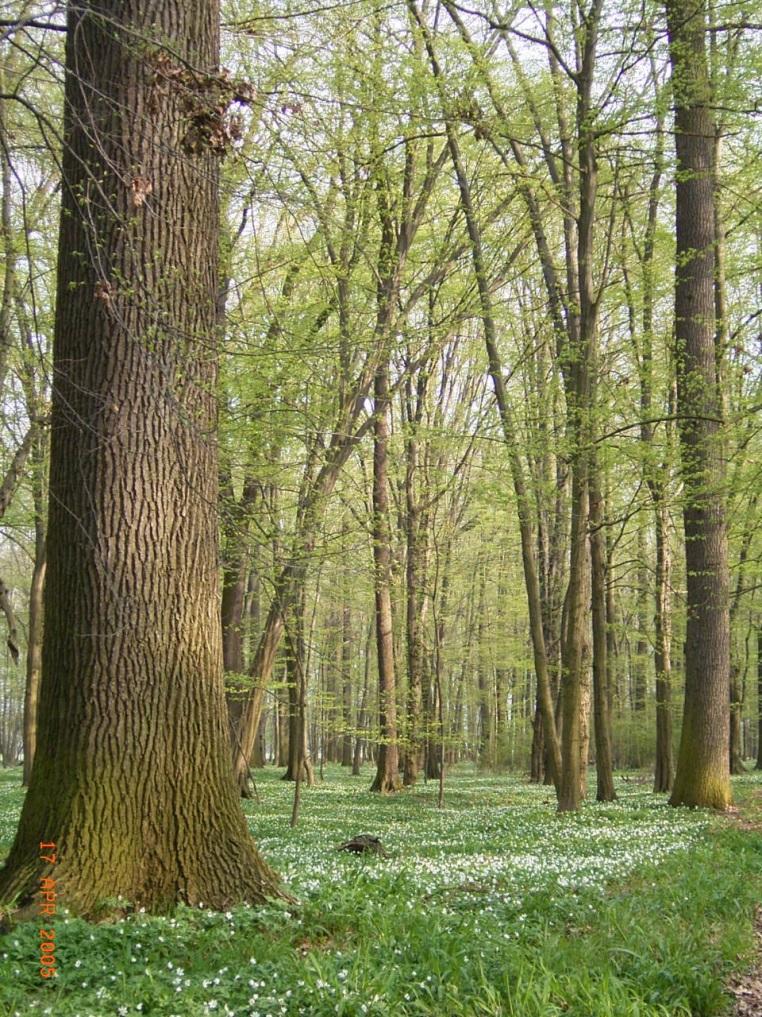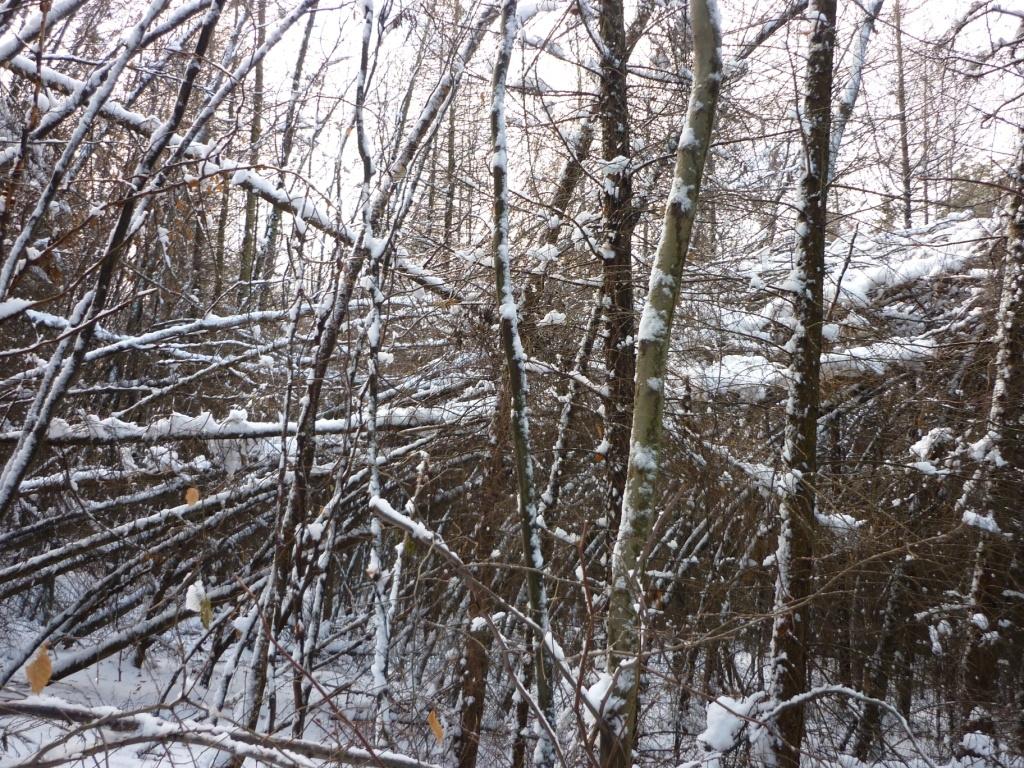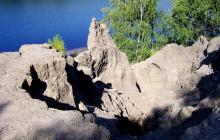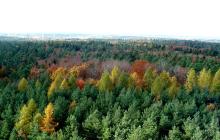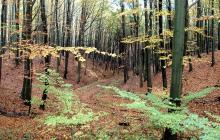 Asset Publisher
Asset Publisher
Cooperation
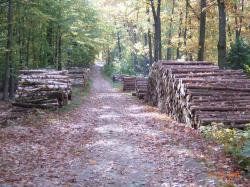 Drewno. Fot. Saksońskie Lasy Państwowe.
Drewno. Fot. Saksońskie Lasy Państwowe.
 Monitorowanie występowania kornikowatych na Pogórzu Górnołużyckim. Fot. Saksońskie Lasy Państwowe.
Monitorowanie występowania kornikowatych na Pogórzu Górnołużyckim. Fot. Saksońskie Lasy Państwowe.
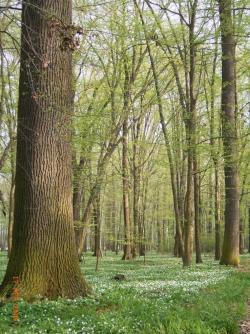 Las łęgowy koło Laske wczesną wiosną. Fot. Fot. Saksońskie Lasy Państwowe.
Las łęgowy koło Laske wczesną wiosną. Fot. Fot. Saksońskie Lasy Państwowe.
In 2014 Lipinki Forest District completed a project entitled "Promotion of transboundary cooperation between Lipinki Forest District Inspectorate and Landratsamt Bautzen Kreisforstamt". The project partner representing Saxony is Landratsamt Bautzen Kreisforstamt with a seat in Kamenz.
Our Partner - Link
Information regarding forests, silviculture and the administration of forests in the Bautzen and Görlitz districts in eastern Saxony.
The structure of forests and forest ownership.
Surface of forests
The Free State of Saxony's area amounts to 18.450 km². Forests constitute 5.250 km², which makes up 28,4% of the total area. The forested areas are distributed unevenly throughout the country.
The most forested areas are the Ore Mountains (Erzgebirge in German) and the areas of eastern Saxony which border with Poland.
The afforestation percentages in the Bautzen district (36,8%) and the Görlitz district (37,4%) are significantly higher than the national average.
The afforestation is subject to constant changes due to loss of surface (because of necessities related to mining for natural resources, industrializing, building roads, etc.) as well as acquiring additional forested areas (whether it be compensatory planting, planting forests in new areas or ecological succession). Currently, the number grows by around 250 ha yearly. In eastern Saxony, there is a special factor influencing the growth of forested areas - the industry of open-cast lignite mining and the recultivation of large areas formerly occupied by open-cast lignite mining projects of previous decades.
State of the forests
-
spruce 35%, pine 30%, other conifer species 6% (conifer trees amount to 71%)
-
oak 7%, beech 3%, birch 8%, remaining broad-leaved trees 11% (broad-leaved trees amount to 29%).
Eastern Saxony's most important conifer tree is the pine, with the spruce coming in second.
The average yearly increase is 9,4m³ per hectare, of which precisely 4,5 m³ per hectare is utilized. This leads to a constant and significant increase of the forest reserves in Saxony.
The latest results and the most current statistics will be published as part of the third federal forest inventory at the end of 2014.
The owners and the ownership structure of the forests.
-
The forested areas in the Free State of Saxony, amounting to 524.627 hectares, have the following owners:
-
Federal state forests 31 459 ha (6,0%)
-
State forests of the Free State of Saxony 203 362 ha (38,8%)
-
Forests belonging to bodies of local governments (towns, municipalities, districts, etc.) 40 916 ha (7,8%)
-
Church-owned forests 10 376 ha (2,0%)
-
Privately-owned forests 238 514 ha (45,4%)
The east Saxonian districts of Bautzen and Görlitz - unlike the rest of the country - are dominated by privately owned forests. Around 62% of the forested areas belong to private owners, other forms of ownership are significantly less common in this area (federal state forest - 11%, state forests of Saxony - 15%, church-owned forests 4%).
The share of communal forests amounts to 8%. Upper Lusatia is unique for its large share of communal forests, some of which constitute large forest complexes (like the forests of the cities of Zittau, Löbau, Bautzen, Kamenz, Bischofswerda and the forests owned by the municipalities of Großschönau, Schönau-Berzdorf, Cunewalde and Burkau).
Map legend:
Forms of forest ownership of the Free State of Saxony
Administrative borders:
-
National borders
-
State borders
Forms of forest ownership:
|
|
Silviculture
In 1713, Hans Carl von Carlowitz, the Saxonian administrator of mining facilities, wrote „Silvicultura oeconomica", in which he used the term "sustained development" for the very first time. Since that moment, the silviculture of Saxony had to be sustainable. That rule was applicable to all functions of the forest - productive, ecological and social - all of which had to be provided on a constantly high level.
Managing the silviculture is assigned to the forest's owner. Forests owned by the state or the local governments are continuously monitored by qualified specialists, who are educated in forest-related matters. When it comes to private forests, this is only the case of the larger forest complexes. The owners of small forested areas take care of the silviculture on their own, create groups of forest enterprises (unions of forest households and farms) or make use of the advice of state forest representatives.
Only the bigger enterprises, especially the state and local government ones, conduct periodic plans of silviculture (forest management plans), which consist of a summary of the current state and the plan for the next 10 years.
The species composition of the Saxonian forests changes due to conscious silviculture aimed at increasing the quota of broad-leaved trees and the silver fir (remodelling of the forest stand). The leitmotiv behind the silviculture in all forms of ownership is creating mixed forest stands with a large share of broad-leaved species, mostly achieved through natural restoration of the forest.
All works occurring in forest areas - excluding state forests - are carried out by companies which provide forest services. Since 1990, there has been a large increase of the number of such enterprises.
The districts of Bautzen and Görlitz obtain 430.000 m³ of wood per year. Two thirds of that amount is used as production material in sawmills and wood economy projects. One third of the wood is used for energy-acquiring purposes. As stated by the analysis of the silviculture and the timber industry cluster system from 2010, easter Saxony has approximately 6 thousand people employed in utilizing and processing wood. Approximately 2000 enterprises are wood-related. 6% of the national gross domestic product (GDP) - 0.7 billion euros - is generated in the forest and wood sector.
Protected areas
Forests are a particularly precious element of many protected areas, constituted by virtue of an act on environmental protection in eastern Saxony. Such areas include the biosphere reservation called the Upper Lusatian Heath and Pond Landscape ("Oberlausitzer Heide- und Teichlandschaft"), the largest protected environment in Saxony - "Königsbrücker Heide", the landscape park of the Lusatian Mountains ("Zittauer Gebirge"), large projects related to the environmental protection of the lower Spree river and the Lusatian Lake District, special areas of protection of habitats and reservations of birds as well as numerous smaller protected areas and natural monuments.
Groups of forest enterprises
Private and communal forest owners unite to form associations of forest farms (FBG in German). Their goal is to:
-
increase the sales of their products,,
-
improve the system of ordering products and services
-
improve the system of information and consultation services
The following associations of forest farms exist in eastern Saxony:
-
FBG Oberlausitz www.fbg-oberlausitz.de
-
FBG Holzvermarktungsgemeinschaft Lausitz e.G. - www.hvgl.de
-
FBG Oberlausitzer Bergland: Hauptstraße 129, 02689 Sohland
-
FBG Großdubrau: Niesendorfer Straße 1; 02699 Neschwitz
-
FBG Brauna www.lausitz-wald.de
-
FBG Niederschlesische Heide: Dunkelhäuser 4; 02929 Rothenburg
-
FBG Deutsch Paulsdorf www.fbg-deutsch-paulsdorf.de
More information about silviculture and the utilization of wood can be found in the following publications:
-
Saxionian Forestry Report (Sächsischer Forstbericht), 2008 - www.publikationen.sachsen.de/bdb/artikel/10648;
-
The forest-wood sector in Saxonia (Clusterinitiative Forst & Holz in Sachsen) - www.cluster-forstholzsachsen.de/termineaktuelles/aktuelle-nachrichten.html
-
Federal forest inventory (Bundeswaldinventur) - www.bundeswaldinventur.de
Forest law and the forest organization in Saxony
The federal law and the state law on forests (Bundes- und Landeswaldgesetz).
All issues related to forests are regulated by the federal law on forests (BWaldG in German). BWaldG includes:(www.gesetze-im-internet.de/bundesrecht/bwaldg/gesamt.pdf )
-
the definitions of the properties of a forested area,
-
the regulations governing maintaining a forest:
- no possibility of reclassifying a forest into an area of a different purpose (streets, housing estates, farmlands) without the approval of the state;
- all reclassifications of forests must be compensated by undertaking appropriate actions, particularly through replacement planting
-
guidelines for maintaining silviculture:
- a sustained and appropriate silviculture
- obligation to re-plant trees on areas subjected to clearcutting,
-
the rights and rules of entering a forest - everyone has the right to enter a forest at their own risk,
-
regulations concerning creating groups of forest enterprises (cooperations between forest owners)
-
the regulations of conducting federal forest inventories and
-
special regulations concerning federal forest areas
The law on forests of the Free State of Saxony is a supplement to the federal law and includes specific regulations related to the following issues www.revosax.sachsen.de/Details.do?sid=9601430371930)
-
substantiation of the obligation to conduct an appropriate silviculture as defined by BWaldG: the obligations of the forest owners to conduct a sustained, careful, professional, planned out and ecological silviculture
-
a more precise regulation concerning entering the forest along with limitations and exclusions from entering the forest
-
protecting forests from harmful biotic and abiotic factors:
- such responsibility must be taken by the owners,
- the state supports the forest owners with subsidies and through monitoring the forests and, if needed, organizing preventive and coping actions, for example through creating an automatic system of early detection of forest fires (AWFS in German)
-
organizing and defining tasks of forestry offices
-
mapping and inventorizing forests and their functions, forest biotopes, habitats, etc.
-
organizing the silviculture and managing forest enterprises in three types of forests: national, owned by local governments and owned by private owners
-
supporting privately owned forests, especially owners of small forested areas, through consulting, care and promotional activities
-
monitoring, through forestry offices, the fulfilling of the requirements of the laws on forests by the forest owners (forest surveillance) and the forest users (forest protection)
Other regulations
In addition to the federal law and the state law, there are other laws governing forests, laws such as:
-
The law on increasing the afforestation (Forstvermehrungsgutgesetz in German) regulates the issues related to producing and selling seeds and seedling (www.gesetze-im-internet.de/fovg/BJNR165800002.html),
-
The law on the safe trade of wood (Holzhandelssicherungsgesetz in German):
contains regulations aimed at preventing the sale of wood from illegal logging (www.gesetze-im-internet.de/bundesrecht/holzsig/gesamt.pdf ) as well as special laws applicable to silviculture - the law on the protection of plants, water and the environment
European forest law
Forest law is not subject to European legislation. Nevertheless, there exists a number of rules especially related to environmental and industrial law, which influence silviculture, like the regulation which defines the obligations of entities participating in the trade of wood and products from the wood of the European Parliament and the Council of the European Union, the Habitats Directive and the Birds Directive, as well as the plants protection law.
Organization of forest management
-
The highest forestry office: Ministry of Environmental Protection and Agriculture
-
Higher forestry office: Saxony State Forests (niem.: Staatsbetrieb Sachsenforst)
-
Lower forestry offices: 10 district counties and 3 cities with district rights
In eastern Saxony, the district counties are simultaneously lower forestry offices:
- district forestry office in Bautzen - www.landkreis-bautzen.de/67.html
- district forestry office Görlitz - www.kreis-goerlitz.de
Additionally, there are two separated forest regions of the Saxonian State Forests.
Representatives of forest owners
Representing the interests of forest owners on the political arena and in the public spectrum is the duty of the Saxonian Forest Owners Association (Sächsischer Waldbesitzerverband in German)- www.waldbesitzerverband.de).
Committees and bodies
-
National Silviculture Board (part of the Ministry of Environmental Protection and Agriculture)
-
Private Forests and Local Government Forests Committee of the National Silviculture Board
Education
Educational programs aimed at acquiring a forester certificate are offered by forest enterprises and forest service industries.
Education, which grants the possibility to work in administration and management in the field of silviculture, can be obtained in colleges and at universities. In Saxony, such education can be obtained by completing a bachelor's degree and a master's degree in forestry at the Dresden University of Technology in Tharandt. ( www.tu-dresden.de/die_tu_dresden/fakultaeten/fakultaet_forst_geo_und_hydrowissenschaften ).
Protection and maintenance of forests
The owner is responsible for protecting and maintaining the forest. Only when the forest's owner is unable to fulfill these obligations - for example in cases of forest fragmentation, the necessity to have special qualifications or the priority of the public interest related to preserving the protective and recreational functions of the forest - may he be replaced by subsidiary forest services.
Forest fires protection
The pine forests of Saxony are very exposed to fires. The districts maintain a modern and automatic system of early forest fire detection (AWFS), which consists of cameras installed on towers which transmit radio signals to the headquarters of fire prevention. The headquarters of fire prevention of eastern Saxony is part of the Regional Staff of Fire and Catastrophe Prevention as well as emergency services in Hoyerswerd.
AWFS provides effective and early fire detection. The system is supported by additional observatory points, where observers can monitor forested areas and report whenever they see any occurrences of smoke. A close collaboration with fire departments is aimed at minimizing the number of fires and limit the areas destroyed by fires.
In the past, most damages of this region were related to storms. Frequent floods and heavy rain were also detrimental to the forest resources and detrimental to forest roads. Hilly areas were especially susceptible to damages caused by snow breakages: this occurred in 2012 and 2013, for instance.
Protection from biotic threats
Saxonian forests are vulnerable to various pests. The threat level varies from region to region. Spruce forests, for example, which are located on mountains and heights, are exposed to attacks by bark beetles (European spruce bark beetle and spruce bark beetle), while the pine forests of the south are exposed to attacks from insects that prey on needles. The Pine-tree Lappet, the Bordered White, Black Arches and the Pine Beauty as well as some species of sawflies can lead to the withering of large forested surfaces.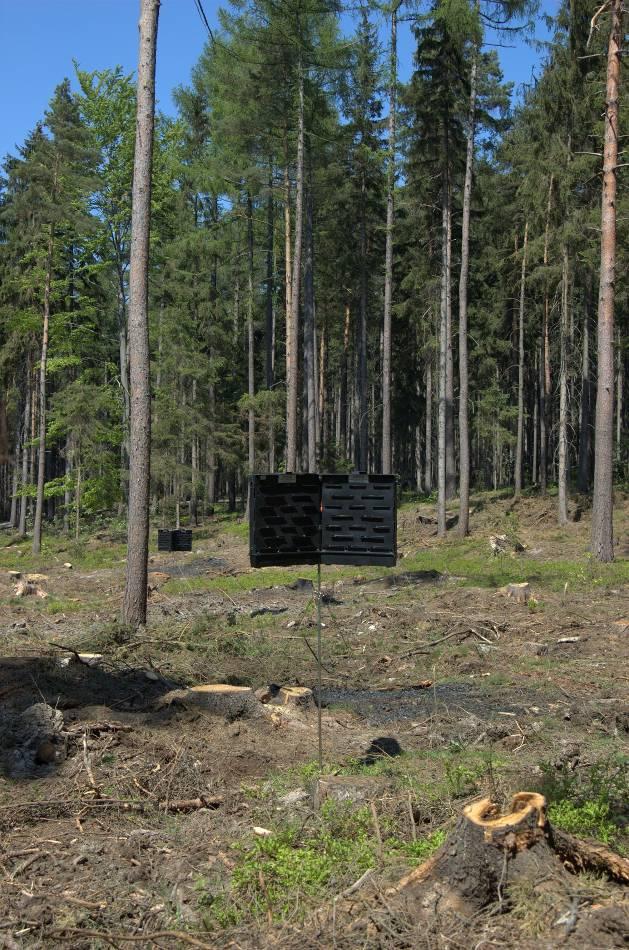
It is the district forestry offices' duty to monitor and forecast the presence of pests. They pass that information along to the forest owners.
Climate change
Forests are known to host an increased number of extreme weather phenomena. Long-term heat may increase the risk of forest fires. In the last decades, there has been an increase in damages caused by storms, hail and whirlwinds.
In terms of forest breeding, efforts are being made in order to maintain multi-species forest stands and support the growth of species adapted to the forecasted conditions.
More information
If you wish to obtain more information regarding maintaining and protecting forests, the industry and administration of forests in the east Saxonian districts of Bautzen and Görlitz, please do not hesitate to contact the forestry offices:
- The district forestry office of Bautzen, Macherstraße 55, D-01917 Bautzen: tel. 03591/5251-68000, fax 03591/5250-68000, e-mail kreisforstamt@lra-bautzen.de
- The district forestry office of Görlitz, Robert-Koch-Straße 1, D-02906 Niesky: tel. 03588/2233-3401, fax 03588/6636-3401, e-mail forstamt@kreis-gr.de
As of 30.4.2014


